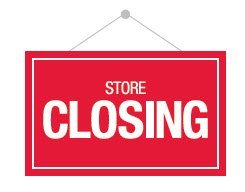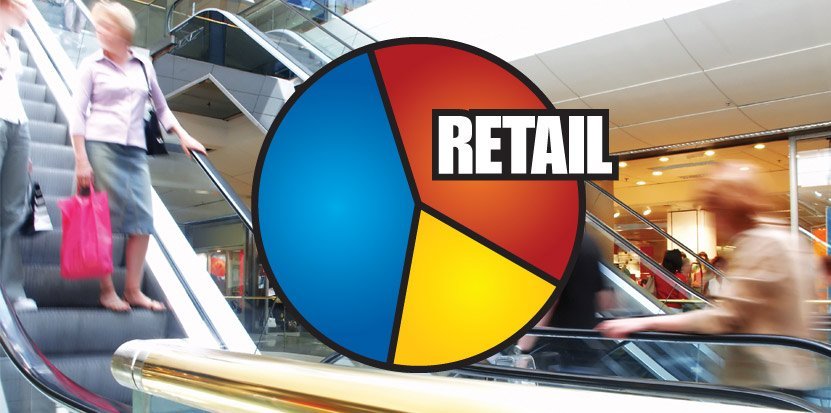
Grocery stores, warehouse retailers and dollar stores are still holding their ground and continue to expand and innovate. They compose a sector of the real estate market that is still a haven for investment buyers. These stores are evolving online by offering delivery, online ordering and pick-up. Overall, retailers that are incorporating technology to enhance customer experience are currently succeeding.
Open-air shopping centers and superregional malls are thriving across the country and proving to be a resilient segment of the retail real estate market. The success of these types of developments indicate that people still enjoy traditional shopping and interacting with their local communities.
Service businesses such as preschools, daycares, health clubs, family entertainment, movie theatres and pet care businesses continue to lead the market in activity as the demand remains steady.
Mixed-use projects are becoming more popular because developers are not relying solely on shopping to drive traffic, but rather developing a location where people can live, work and play. Walkability has become a driving factor behind the way developers choose to build new projects and where they choose to locate them.
Last, a lack of speculative development in small shop retail is lowering supply, which is driving vacancies down. Retail development will always follow and thrive on housing, and the strong housing market is creating new areas for commercial development to follow.
THE CHALLENGES
The impact of e-commerce on brick-and-mortar continues to be the hottest discussion topic in the retail sector. The growth of Amazon is at the root of this changing market. Amazon is innovating and changing habits of consumers while everyone else is trying to keep pace. In 2017, Amazon’s market share of e-commerce sales was 44 percent, and that number is expected to continue to climb.
This change in the way consumers are purchasing is causing investors and developers to be bearish on the retail sector. Many big box stores and department stores are in slow decline. They are dramatically shrinking in size, rents are outpacing sales growth and inducing closures, and cap rates are rising. Retail store closings are up dramatically over the past few years, and landlords are seeing their rental rates dive when faced with having to repurpose these overly large retail spaces. Many have found alternate uses in the fitness and entertainment industries, thrift or religious services – even offices users are eyeing these spaces.
Other segments of the market affected by changing consumer habits are traditional enclosed malls, department stores and independent “mom and pop” stores. They continue to struggle to remain relevant as fewer consumers are choosing these routes to make purchases, and specialty chain stores known as category killers are cutting into their market share. Category killers have a wide selection and increased purchasing power which overpowers their competition. New development is favoring open-air malls and power centers which focus on brand names and category killers that bring them out from under one roof.
THE LOCAL SCENE
In Omaha, 2017 brought the closure of all four metro area Gordman’s locations, and a closing of a K-Mart at 50th and L Street completed the closings of all area K-Mart stores in 2017. Shopko locations at 84th and West Center Road and 90th and Fort Street joined the list of large footprint stores to bite the dust. Lastly, two Omaha area Office Max stores closed, one at Shadow Lake Towne Center and one near 132nd and West Center Road. Combined, these closures added approximately 535,000 square feet to the market.
Some Omaha landlords have already started repurposing big box stores in new and creative ways. Examples include:
• the former K-Mart in Eagle Run on West Maple successfully backfilled with junior anchor tenants Sierra Trading Post, Burlington Coat Factory, TJ Maxx and Homegoods
• the former Best Buy at L Street Marketplace near 120th and L Street was backfilled by Ross Dress For Less
• the former Shopko at 90th and Fort Street was backfilled by an indoor climate controlled storage facility, and the same use is being proposed for the former K-Mart at 50th and L Street
• many of the Omaha area Bag & Save stores that closed when the company restructured have now been backfilled, with one example being a new-to-market tenant called Urban Air Trampoline Park, which took 30,000 square feet out of the former Bag & Save on 153rd and Q Street. This is a perfect example of the type of tenant that can make good use of the economical pricing, high ceilings and high parking ratios associated with a closed big box store.
The outlook for 2018 for Omaha retail is mixed. We think there will continue to be closings, evidenced
already by the 2018 closing of a 30,000 square foot Babies R Us near Oakview Mall. However, there are several large mixed-use developments that have retail components currently under construction and set to come online over the next few years. These include West Farm near 144th and West Dodge Road, a new development on the Northeast corner of Hwy 370 and I-80 to include six new car dealerships, and Avenue One near the corner of 192nd and West Dodge Road. Not only could these developments bring some new-to-market retailers, but they could reshuffle the deck for retailers that may want to relocate from other areas of town. These relocations certainly will 
In summary, the profile of retail will continue to change and in the long haul we think the square footage that has disappeared in the downsizing of these major retailers will bring new opportunity for other sectors of retail to backfill these spaces. Going forward, new construction of big box stores in Omaha is likely to be very sparse in favor of increased activity in construction for small warehouse and distribution centers associated with online retailing.
This article appeared in our quarterly newsletter from March of 2018. The full newsletter is available at http://files.investorsomaha.com/download/IR_Newsletter_March_2018.pdf

